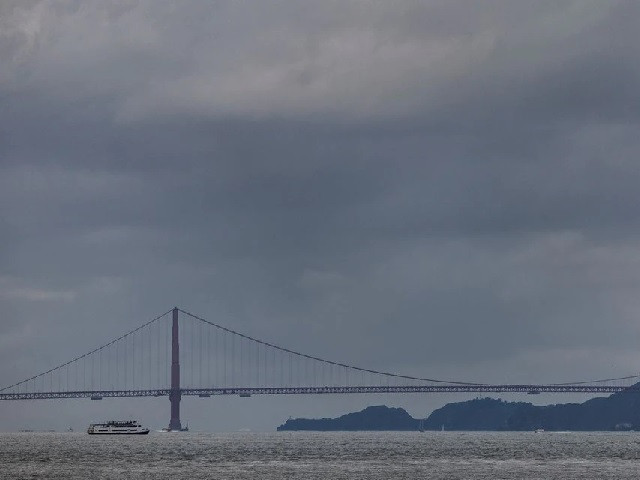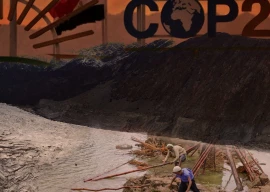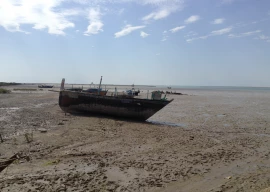
The first major U.S. winter storm system of the year dumped a frosty mix of snow, freezing rain and sleet from the Northern Plains to the Upper Great Lakes region on Tuesday while posing a tornado and flood threat to a large swath of the South.
The National Weather Service (NWS) forecast intense snowfall of 1 to 3 inches (2-1/2 to 7-1/2 cm) per hour in parts of Nebraska, South Dakota and Minnesota on Tuesday, accompanied at times by thunder, with more than a foot of snow expected to accumulate.
Drifting and blowing snow from strong, gusty winds was expected to make road travel virtually impossible in some areas, while snow fog, mist and freezing rain created treacherous driving conditions in others, the NWS said.
Winter storm warnings, ice storm warnings and winter weather advisories were posted in and around Minneapolis and St. Paul in Minnesota as freezing rain swept north through the region, followed by bands of heavy snow, according to the NWS.
Read UN to convene 'no-nonsense' climate summit in 2023
By Tuesday evening, about a half foot of snow had fallen on the Twin Cities' western suburbs, and 4 inches at Minneapolis-St.Paul International Airport, said Richard Bann, a meteorologist for the NWS Weather Prediction Center in Maryland.
The weather service said the storm front originated from a low-pressure system churning over Iowa.
The wintry blast, expected to spread into New England by Wednesday, was part of a larger weather front bringing heavy showers, severe thunderstorms, hail and tornadoes to the lower Mississippi Valley, Gulf Coast, Tennessee Valley and southern Appalachians.
Tornado watches and severe thunderstorm warnings were in effect across much of Louisiana, Mississippi, Alabama and Georgia, along with flood watches posted along the southern fringe of that zone.
The NWS tallied eight tornado reports as of Tuesday night, plus dozens of instances of high winds causing damage to trees, power lines and homes.
"It's all part of the same system. The heavy snowfall is occurring on the west to northern side of the storm ... and then the rainfall and severe weather is across the south," NWS meteorologist Allison Santorelli said.
Well over 200 flights at the Minneapolis-St.Paul airport were canceled on Tuesday, according to flight tracker FlightAware.
Read More EU strikes deal to boost carbon market, Europe's biggest climate policy
The West Coast, meanwhile, braced for another "atmospheric river" - a high-altitude current of dense moisture - that was expected to bring drenching rains and possible renewed flooding to northern and central California, starting on Wednesday.
Heavy snow was forecast to return to the Sierra Nevada mountains on Wednesday, along with coastal rain and higher-elevation snow in the Pacific Northwest.
Northern California was still recovering from a weekend Pacific storm that triggered floods, mudslides, power outages and road closures.
Santorelli said high winds accompanying the latest batch of impending downpours could uproot trees and knock down tree limbs, causing more blackouts.
As many as 21,000-plus homes and businesses in northern California were without electricity by early on Tuesday, data from poweroutage.us showed.




1719660634-1/BeFunky-collage-nicole-(1)1719660634-1-165x106.webp)
















COMMENTS
Comments are moderated and generally will be posted if they are on-topic and not abusive.
For more information, please see our Comments FAQ